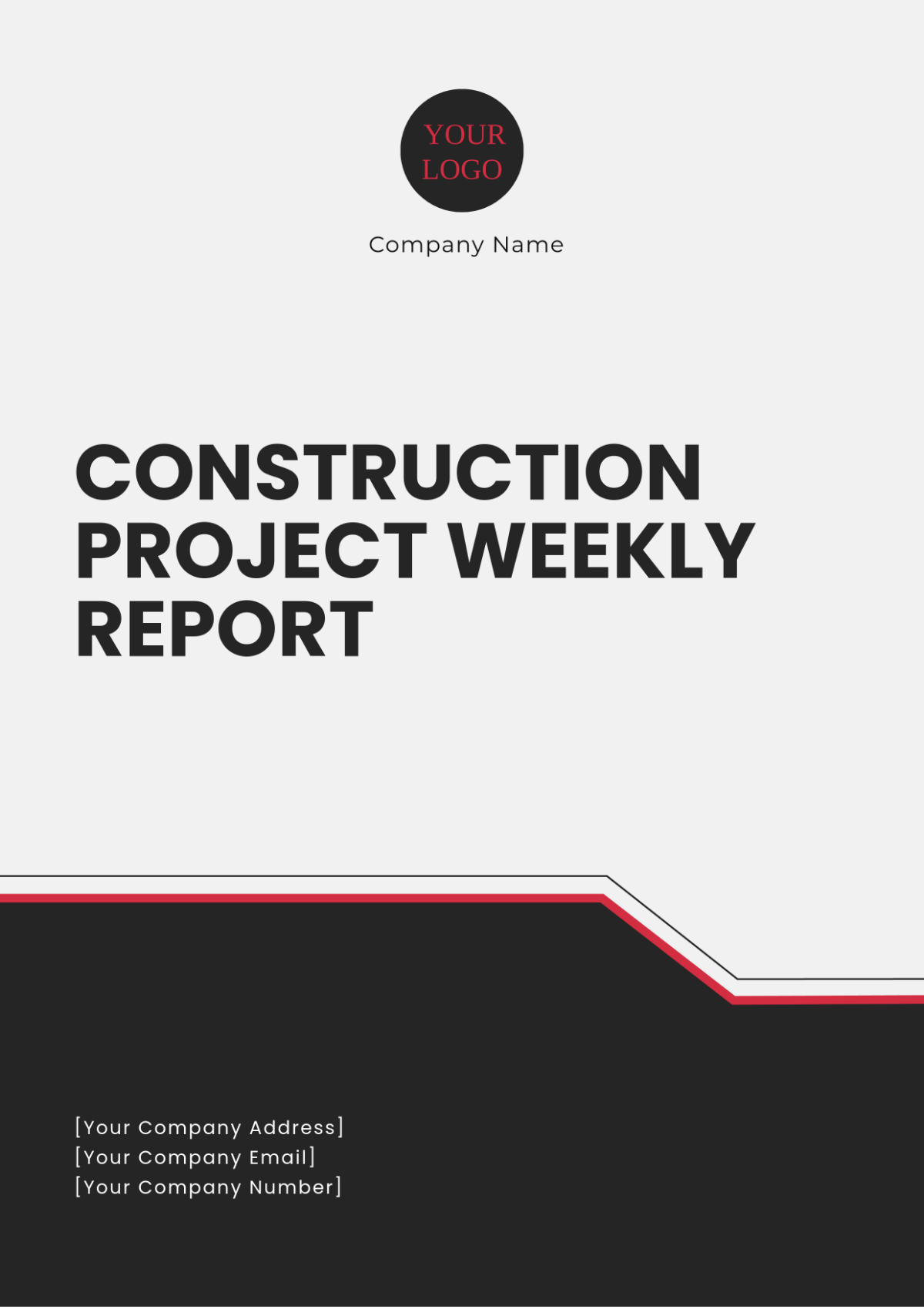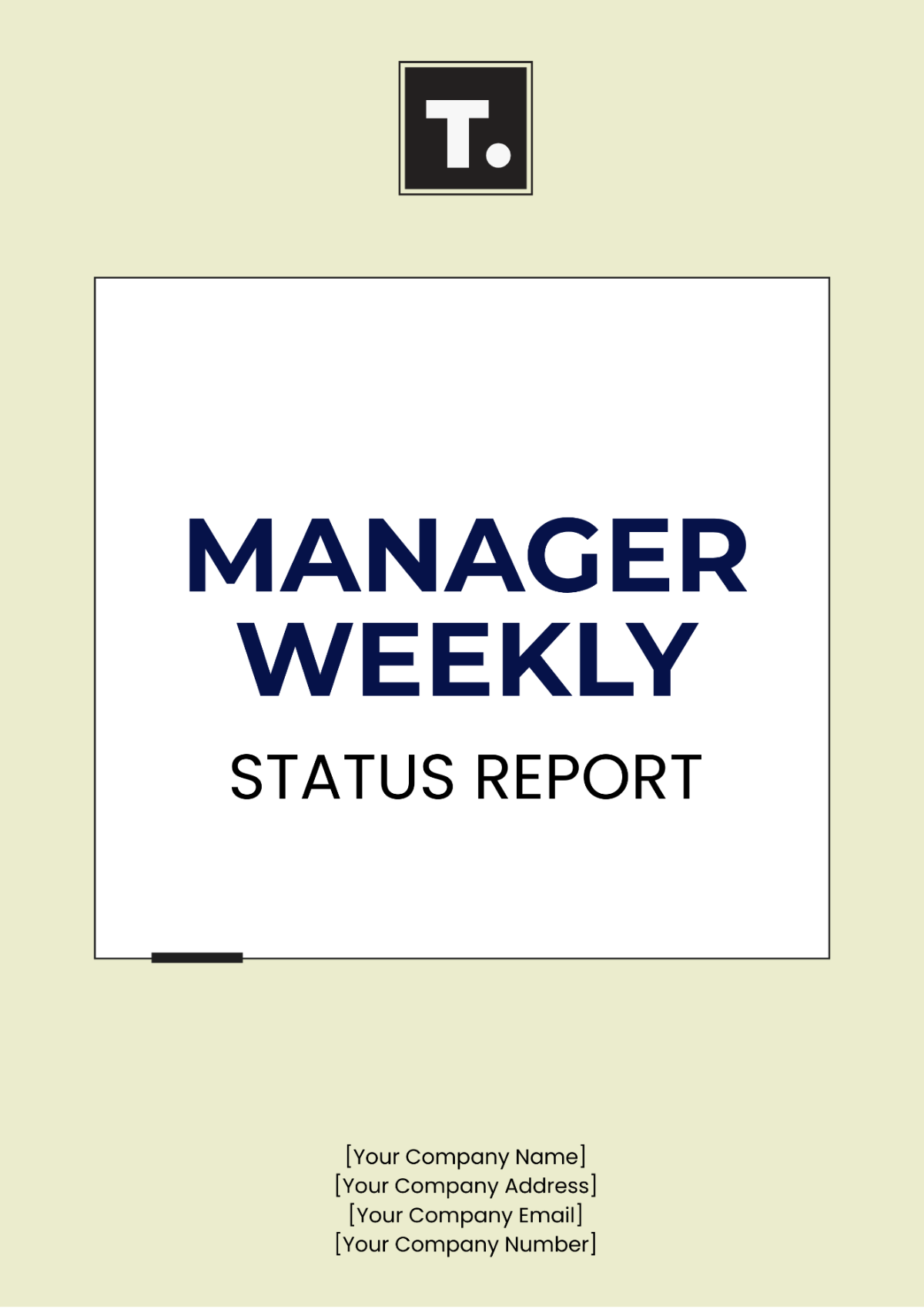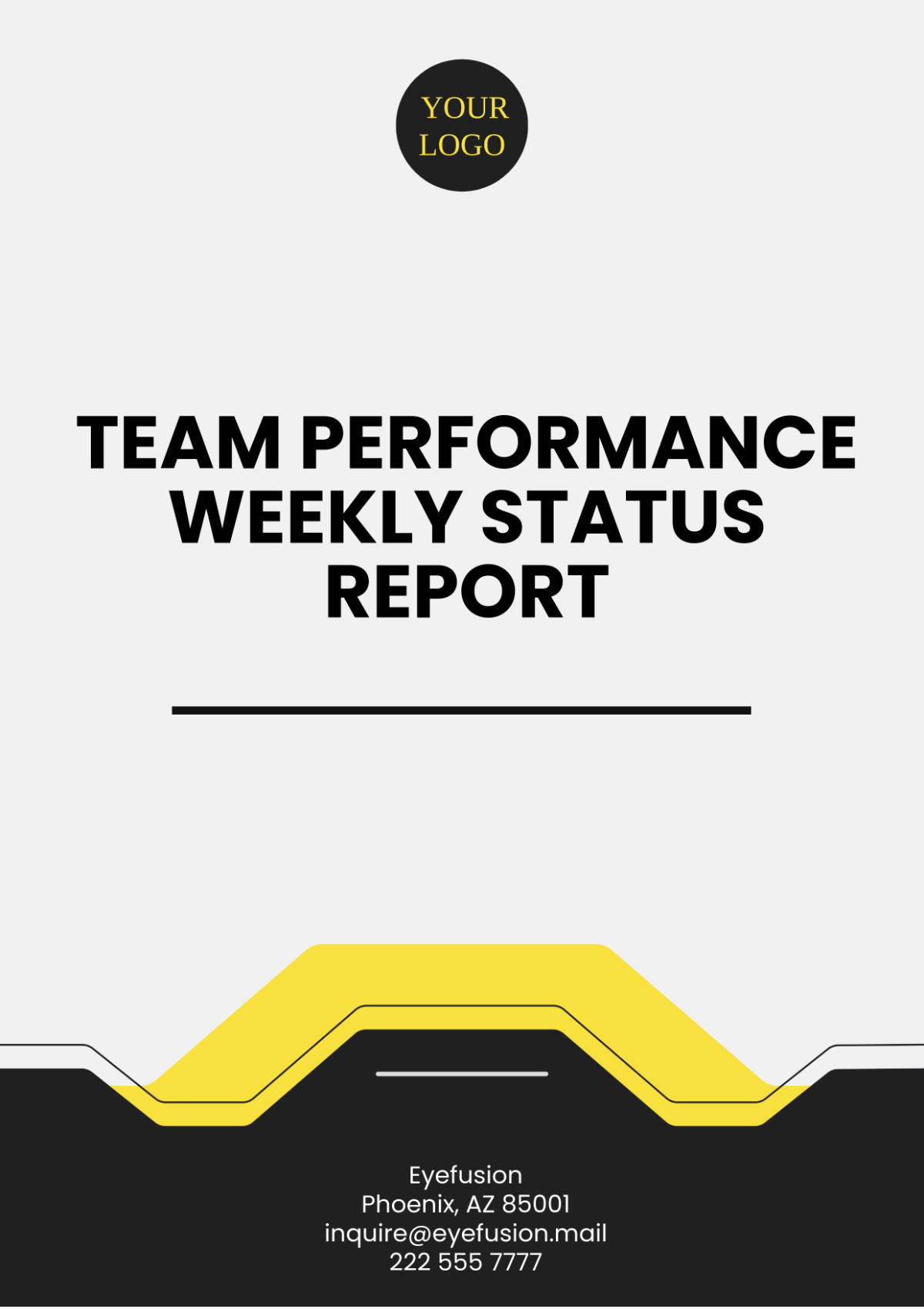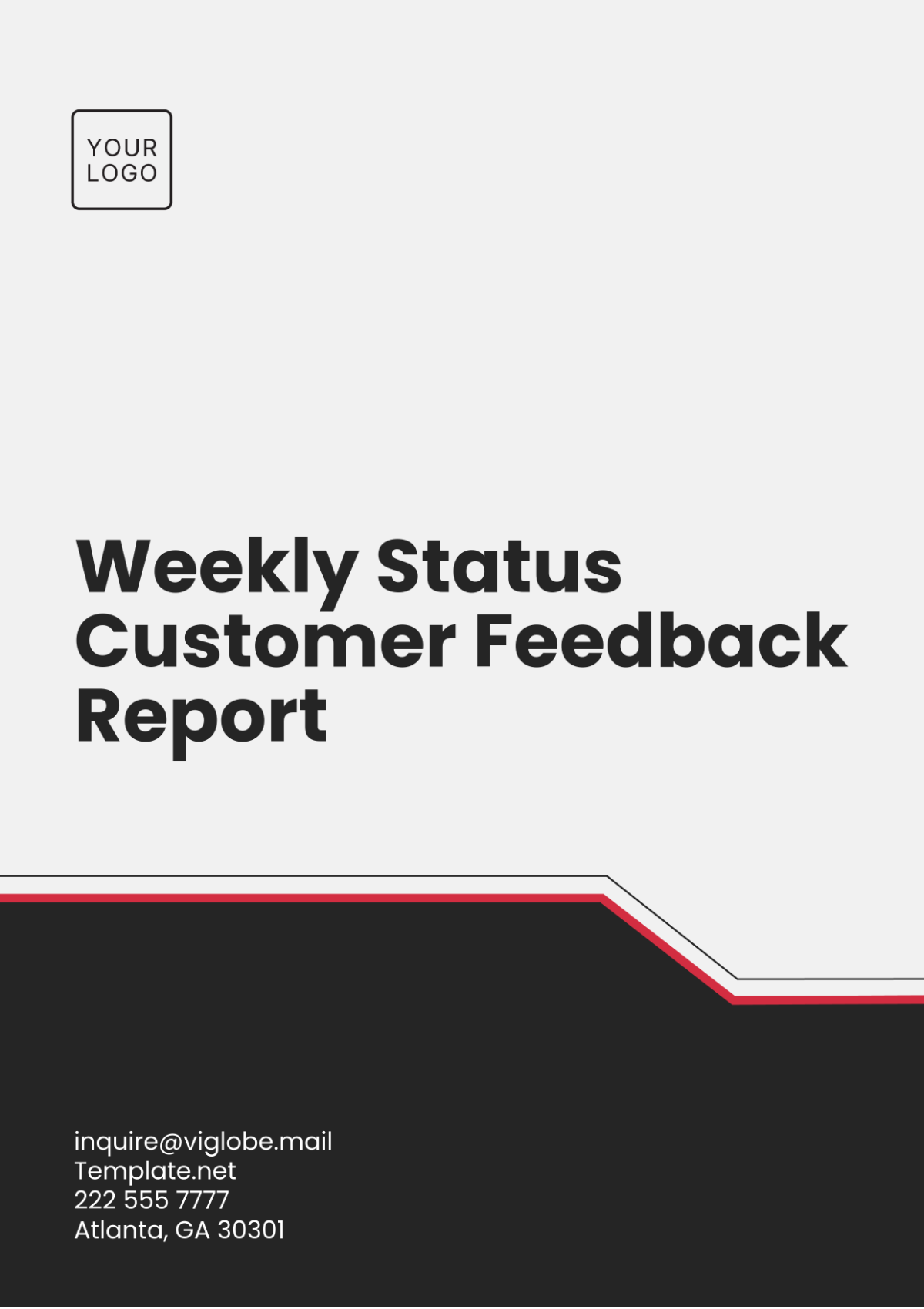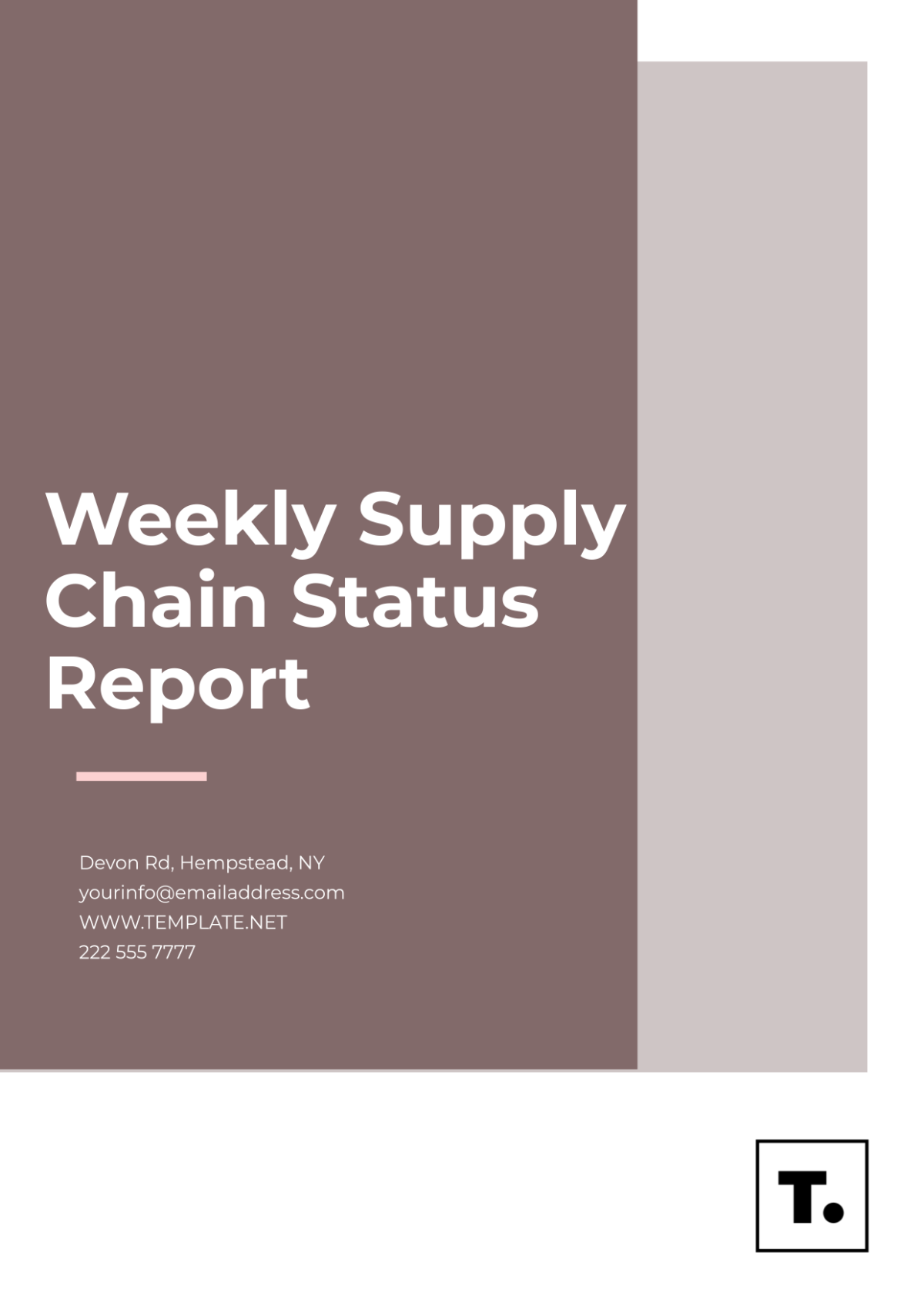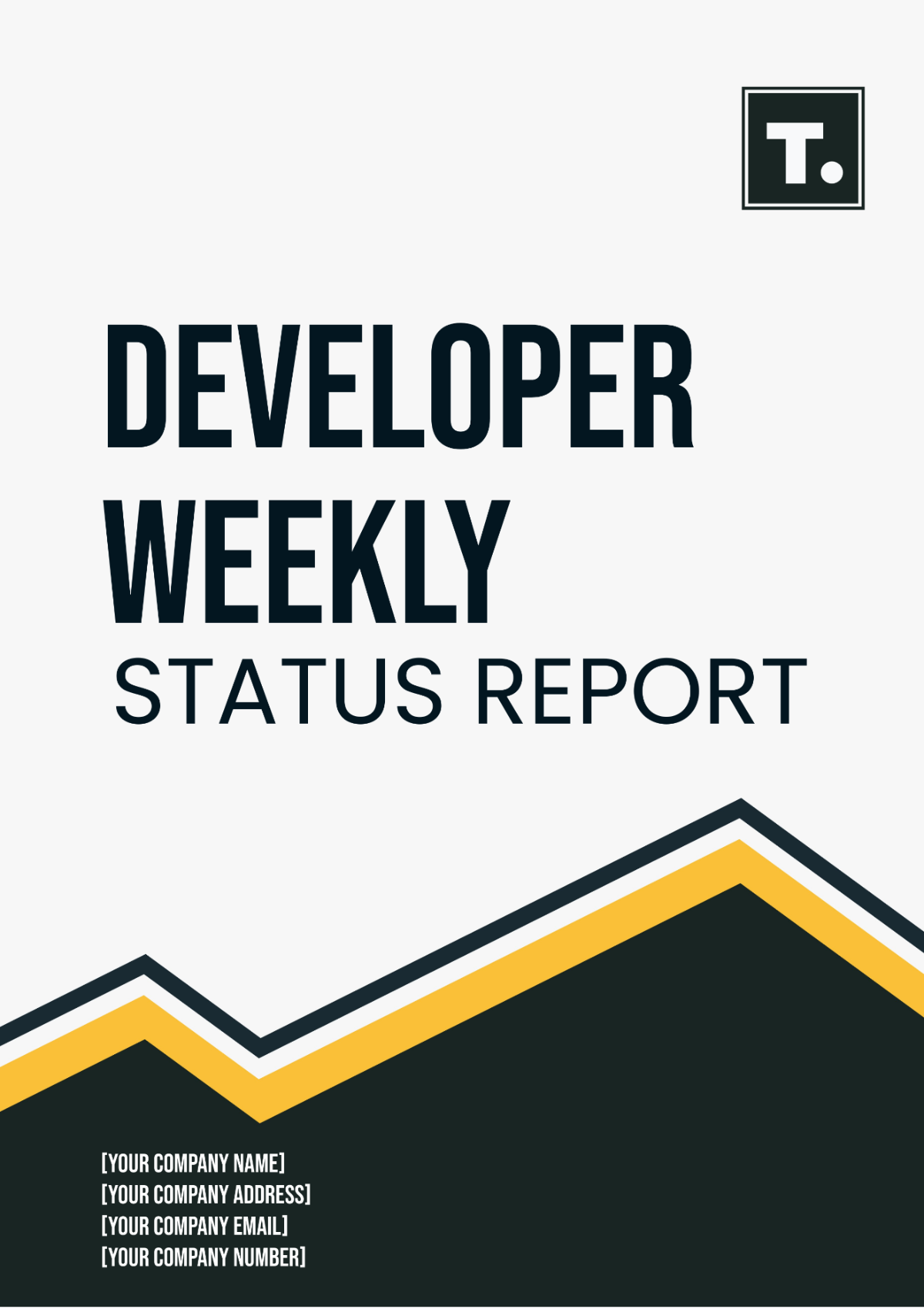Weekly Work-From-Home Activity Design Report
I. Overview
This report outlines the key activities, projects, and meetings conducted over the past week in a remote working environment. It provides insights into daily tasks, productivity metrics, and areas of potential improvement. The objective is to maintain transparency in work progress and identify ways to optimize efficiency.
II. Daily Activities
1. Monday
Monday focused on project initiation and laying the groundwork for the week. Key activities included:
Project Kick-off Meeting: Defined project scope and goals with stakeholders.
Initial Research & Data Gathering: Conducted in-depth research to support project requirements.
Development Environment Setup: Configured tools and environments necessary for development work.
2. Tuesday
Tuesday was devoted to collaborative efforts and technical design discussions. The primary tasks were:
Design Review: Evaluated system design and addressed feedback from the team.
Team Sync-up Call: Discussed task assignments, dependencies, and next steps.
Individual Work Sessions: Focused on refining technical design and executing preliminary coding.
3. Wednesday
On Wednesday, efforts transitioned toward implementation. The following activities were performed:
Time | Activity |
|---|---|
9:00 AM - 12:00 PM | Development Work (Core feature coding) |
1:00 PM - 3:00 PM | Code Review (Peer review of initial commits) |
3:00 PM - 5:00 PM | Bug Fixing (Addressed identified issues) |
4. Thursday
Thursday centered around ensuring quality and addressing any bugs found in the code:
Test Case Development: Created comprehensive test cases to validate new features.
Bug Tracking: Identified and documented bugs in collaboration with the QA team.
Automated Testing: Implemented automated tests to improve reliability and efficiency.
5. Friday
The focus on Friday was to wrap up the week's tasks and prepare for the following week:
Weekly Review Meeting: Assessed the week’s progress and identified next week’s priorities.
Documentation & Reporting: Updated technical documentation to reflect the week’s developments.
Planning for Next Week: Developed a roadmap for upcoming tasks and deliverables.
III. Meetings Attended
1. Project Kick-off Meeting (Monday)
Attendees: Project Manager, Team Leads, Key Stakeholders
Defined the project scope, resource allocation, and timeline milestones.
Established clear expectations and deliverables for the week.
2. Team Sync-up Call (Daily)
Purpose: Address ongoing tasks, resolve issues, and provide status updates.
Daily alignment on progress, challenges, and blockers.
Reassigned tasks and addressed roadblocks as needed.
3. Weekly Review Meeting (Friday)
Purpose: Review overall progress, address challenges, and strategize for the upcoming week.
Discussed completed milestones, identified challenges faced, and outlined next steps.
IV. Overall Productivity
The productivity of the week was assessed using the following metrics: hours worked, tasks completed, and quality of deliverables. Below is a summary:
Day | Hours Worked | Tasks Completed | Quality Score (out of 10) |
|---|---|---|---|
Monday | 8 | 5 | 9 |
Tuesday | 8 | 7 | 8 |
Wednesday | 9 | 6 | 8 |
Thursday | 7 | 5 | 7 |
Friday | 8 | 4 | 8 |
Summary:
The team maintained a satisfactory level of productivity throughout the week, with a total of 40 hours worked and 27 tasks completed. The average quality score for deliverables remained consistently high. Noteworthy achievements include the successful completion of major milestones and significant progress in testing and bug resolution.
V. Recommendations for Improvement
While the overall productivity was satisfactory, the following areas for improvement have been identified:
Task Prioritization: Consider further refining task prioritization to ensure critical objectives are tackled earlier in the week.
Enhanced Communication: Increase the efficiency of daily sync-up calls by limiting non-critical discussions and focusing on high-affected issues.
Proactive Bug Resolution: Allocate more dedicated time towards proactive testing and bug fixing earlier in the development process to reduce the time spent on bug fixes later in the week.
VI. Conclusion
The team made excellent progress this week in both the development and testing phases. With better task prioritization and streamlined communication, the team is well-positioned to increase productivity and maintain high-quality standards.












